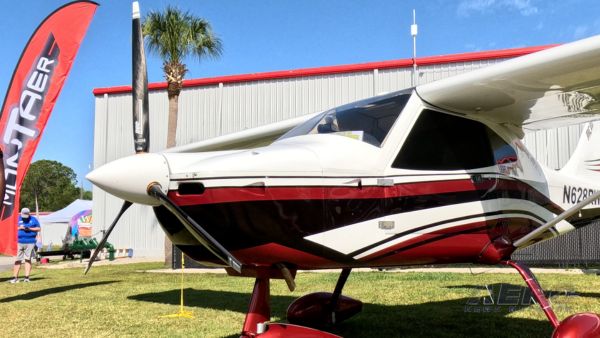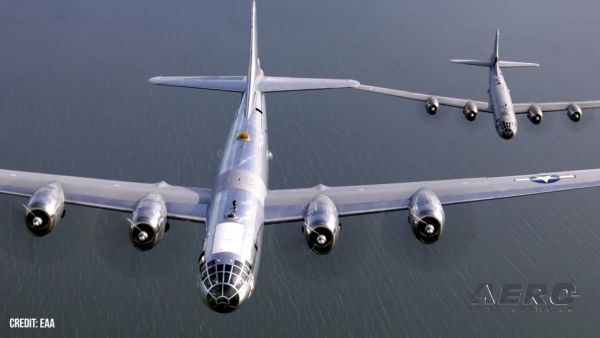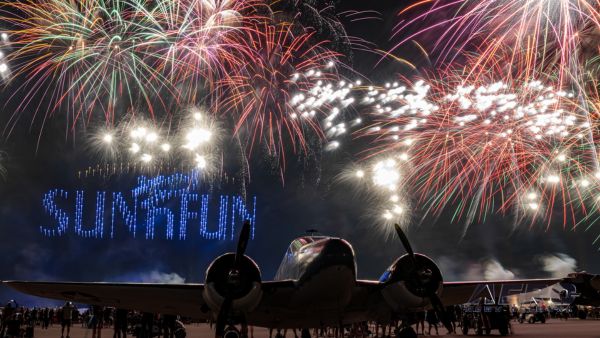The Marines’
older heavy lifter, the nearly 30-year old CH-53D Sea Stallion,
recently had its capabilities expanded to operate from the
Navy’s newest class of multi-purpose amphibious assault
ships. Test pilots, enlisted crew and flight test engineers from
NAVAIR flew to Hawaii’i and California and performed wind
envelope tests on the Okinawa, Japan-based helicopters, where the
lack of wind envelope data imposed severe restrictions on how the
aircraft could be used aboard LHD-class ships.
With wind conditions just right, three Marine test pilots put
the Sea Stallions through their paces and expanded the wind
envelopes for the aircraft aboard LHD class ships -- more than
doubling the existing envelope and achieving an instant impact.
“The fleet was immediately able to use the information we
provided,” said Marine Maj. Rich Marigliano, one of the test
pilots. “The day the information was received, the same day
they were able to launch a mission they would not have been able to
launch before. Those ‘53Ds would not have been able to launch
without this test.”
The tests were carried
out in early September aboard USS Boxer (LHD-4) and were done with
support from Marine Aircraft Group 24. The opportunity for the test
arose when Boxer was tasked with transporting Sea Stallions from
Hawaii to California for pre-deployment exercises. Over the course
of six days, Marigliano, Marine Maj. Hank Vanderborght and Marine
Sgt. Tom Dungan, with support from Marine Cpl. John Carnley of
HMH-363, flew 29 hours and conducted 129 shipboard takeoffs and
landings. Half of the testing took place under nighttime
conditions, with 65 percent of that time spent in low light level
conditions.
The daytime flight envelope was more than doubled, while the
nighttime envelope with night vision aided flight was significantly
increased as well. The envelope is now one of the most flexible
aboard LHD’s with wind speeds of up to 45 knots off the
bow.
“The engineers were extremely excited, they have never
seen a test get as much data or progress as much in one test
period,” Marigliano said. “We got more data in one day
than most tests get in a weeks time.”
He attributed the wealth of data to the wind conditions
prevalent during the testing.
“The winds were remarkably strong and conducive to these
tests,” Marigliano added.
Based on an airframe dating back to the early 1960s, the CH-53D
was never tested for suitability aboard the LHD class ship because
it was not anticipated that the aircraft would still be in service
when the LHDs were rolled out. Although now classed as a medium
lift platform, the ruggedness, versatility and capability of the
aircraft keeps it in service alongside its replacement, the CH-53E
Super Stallion.
Vanderborght said the Super Stallions are heavily used around
the world which is placing a strain on the fleet . Because the Sea
Stallions are able to handle so many of the same missions, it
seemed like a good fit to make them available to take on some of
that load.
“We need to have the CH-53D helping out with the global
war on terrorism,” Vanderborght said.
Marigliano added that
when the CH-53Ds are put into action it will not only give the
CH-53Es relief, but will also free them up for deployment to other
areas where they are needed. Vanderborght said that the test
team’s mission was to find exactly where the limits were for
the CH-53D and how the aircraft can most effectively be deployed
within those limits.
“A couple of times, we found those limits,” he
said.
To perform the test, the aircraft would start in a particular
spot within the general wind envelope, and from there it would be
pushed to the edges and beyond to see how far it could go. The
first four days of testing were performed near Hawaii in high wind
conditions, while the last two days took place off the coast of
California in lower winds, allowing the test team to discover how
the aircraft handles under a variety of weather conditions.
“It was really exciting for us, this is the kind of
testing we anticipated doing when we were going through Test Pilot
School,” Marigliano said. [ANN salutes Navair's Bryan Jaffe
for the assist]
 ANN's Daily Aero-Term (04.14.24): Maximum Authorized Altitude
ANN's Daily Aero-Term (04.14.24): Maximum Authorized Altitude ANN's Daily Aero-Linx (04.14.24)
ANN's Daily Aero-Linx (04.14.24) Classic Aero-TV: 'We're Surviving'-- Kyle Franklin Describes Airshow Life 2013
Classic Aero-TV: 'We're Surviving'-- Kyle Franklin Describes Airshow Life 2013 Aero-News: Quote of the Day (04.14.24)
Aero-News: Quote of the Day (04.14.24) Airborne 04.09.24: SnF24!, Piper-DeltaHawk!, Fisher Update, Junkers
Airborne 04.09.24: SnF24!, Piper-DeltaHawk!, Fisher Update, Junkers


